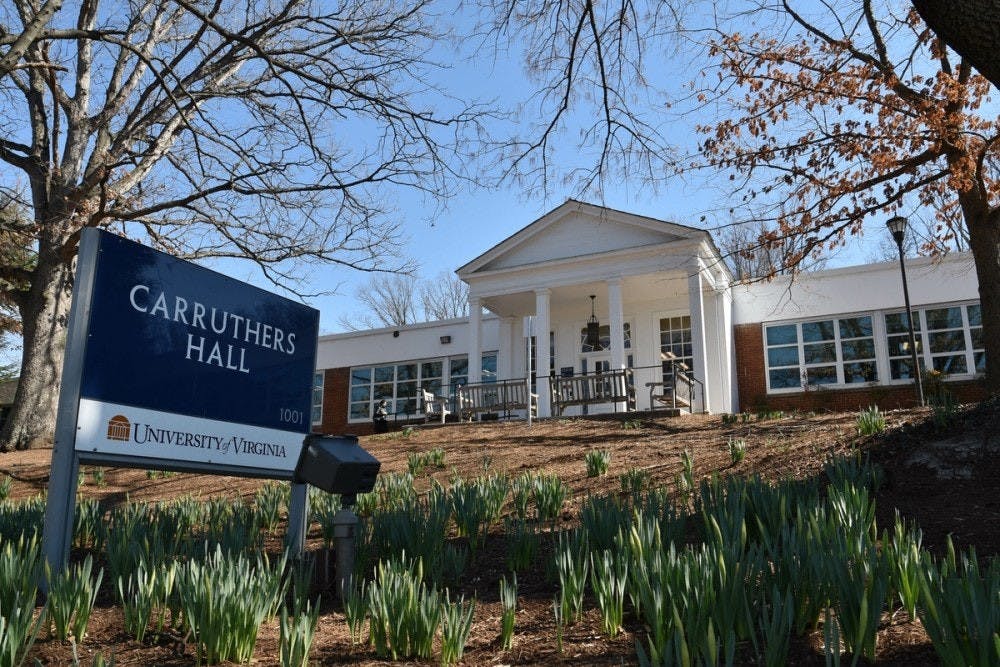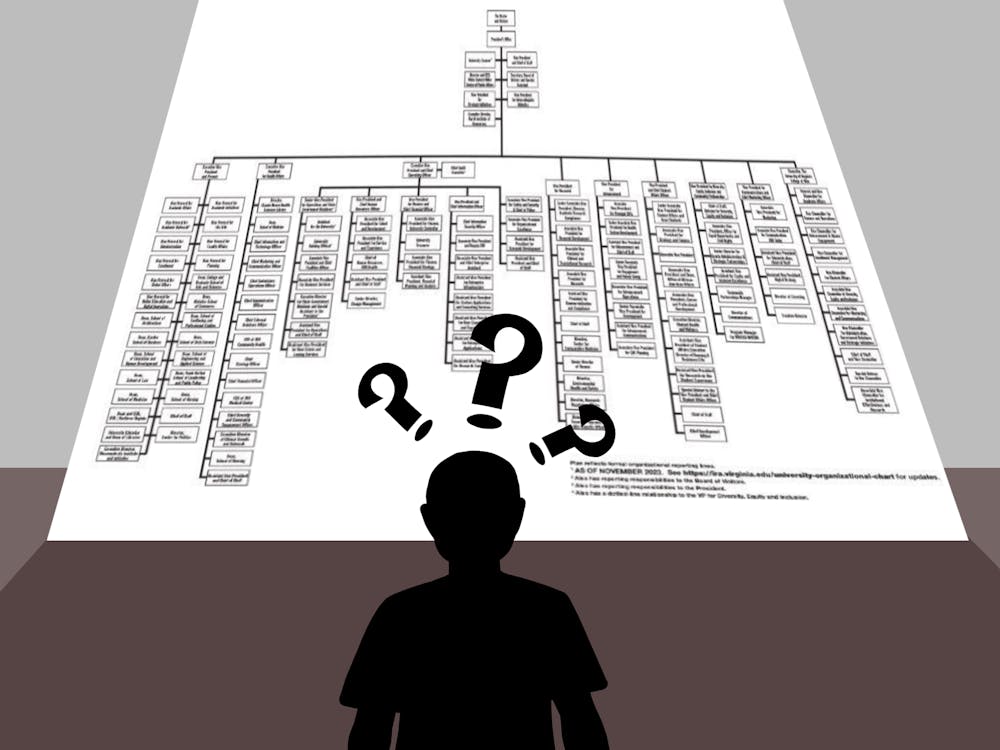The University notes that for students it “will meet 100% of their demonstrated financial need through scholarships, grants, work-study and need-based loans.” While the financial aid system at U.Va. is generous among public universities, the application for financial aid creates an unnecessary burden for students with financial need. Additionally, the use of loans to meet that financial need only exacerbates students’ struggles with student debt. The University needs to change its application in order to better serve all students and enable its students to attend U.Va. without accumulating a massive amount of debt before graduation.
As it stands now, the process of applying for financial aid is a needlessly complicated and long. In order to qualify for federal aid, students are required to fill out the Free Application for Federal Student Aid. However, the University also requires that any student seeking any form of financial aid from U.Va. itself fill out the College Scholarship Service Profile, which includes much of the same information as the FAFSA. This needlessly complex and long process presents a burden on students in need of this aid, having to coordinate with parents on finishing the application and submitting required documents while being away at college.
Furthermore, the University is making the application even more cumbersome for students. In previous years, the University only required a student’s custodial parent’s income and information as part of the application process. However, starting the 2019-2020 academic year, it will require students to submit the CSS profile for their noncustodial parent as well, if the student’s parents are divorced or separated or were never married. This aspect of the application should not be required. The CSS profile already asks that the student disclose how much they expect their noncustodial parent to contribute to their tuition and other costs, so this parent’s income should not play a factor in the amount of need-based financial aid awarded.
Waivers to this part of the application are not offered by the University even if a student’s noncustodial parent is not contributing to the financing of the student’s education. However, including a non-contributing, noncustodial parent only makes it appear that a student is more able to afford schooling than they really are. This change adds even more complexity and time to an already long and complicated process, as students will now be required to wait on a parent outside of their household to complete their part of the application. Implementing this change will most likely have a huge effect on the aid students receive for the upcoming year, which will be detrimental to students who rely on every dollar they received for this past academic year.
Taking into account the complexities of the process it is important to note students are already struggling with debt. U.Va. is already an expensive institution, and its costs are only increasing for both in-state and out-of-state students. For the 2015-2016 academic year, the average debt for in-state students was $22,688, while for out-of-state students it was $28,669. While this amount is under the national average overall, it is still indicative of the overwhelming costs of the University. It’s also noteworthy that about one-third of all University students for 2015-2016 had some type of loan in order to afford to attend the University — clearly indicating that many are struggling to afford the massive cost of tuition and other fees. The University needs to work towards remedying this issue by better addressing the ways in which it meets demonstrated financial need.
The University claims that, in order to cap a student’s debt, they limit need-based loans to $4,500 per year for in-state students and $7,000 per year for out-of-state students. After four years, this could leave an in-state student with $18,000 in unpaid loans, and an out-of-state student would be left with $28,000 in unpaid loans. The University, with this policy, recognizes that a student is not able to afford the full cost of attendance, and yet still offers loans that leave students in debt. While loans provided through the University are better for students than taking outside loans, it still does not adequately address a student’s needs. Leaving a student with nearly $30,000 in debt should not be considered meeting their demonstrated need. The University must move away from using loans as a means of meeting demonstrated aid and should rather provide more aid in the form of grants, that do not leave students in further debt after four years.
The University contends that it is committed to reducing students’ debt and meeting their demonstrated aid. However, this is not a promise that they are often able to fulfill. If they really want to meet students’ needs, the University must offer more financial aid options that do not create debt for students who demonstrate the need for aid. Moreover, the application for financial aid needs to be seriously reformed in order to both simplify this difficult process for students and parents and to better indicate a student’s actual need for aid.
Zack Pasciak is an Opinion Columnist for The Cavalier Daily. He can be reached at opinion@cavalierdaily.com.





